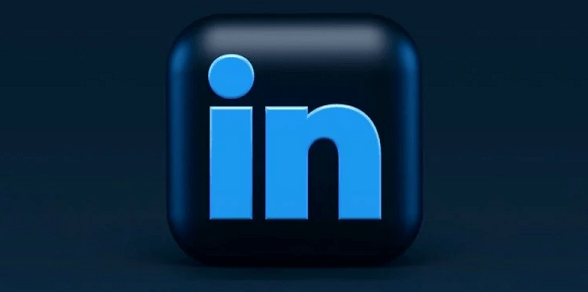By Stacey Williams
Are you a consultant or freelancer? That’s the first question.
When I started my communications consulting career, my goal was to get six-month, on-site contracts from big corporations that paid large hourly fees. I would extend the contract for another six months when it ended or move on. I was more interested in getting steady contract work than building a business.
It worked out great for about five years. Unfortunately, I got sick, had surgery, and couldn’t work.
Hourly consultants don’t get paid when they don’t show up. And I didn’t show up for several weeks. The good news — companies kept calling to see if I was available. The bad news — I couldn’t leave home. Remote work wasn’t an option. My duties required working with executives to gather information to set up internal processes. I didn’t have off-site access to the clients’ systems.
During my recovery, I decided to change my business model and improve my processes. It was time to build a business.
Most entrepreneurs learn by trial and error. My journey was no exception. Even with extensive industry experience, a mentor and great business contacts, it wasn’t easy to go in a new direction after my surgery. But I needed to survive, and it’s hard to know what works or doesn’t work if you don’t try new things.
There are many facets to becoming a successful consultant. I’ve perfected my process and believe these six things helped scale my business.
1. Consultant or freelancer?
Freelancing and consulting are two very similar but different entrepreneurial paths. One title is not more prestigious than the other, but prospects and clients may disagree, preferring freelancers for short-term creative work and consultants for in-depth industry expertise.
When you are starting out, it’s easy to use the titles interchangeably to describe who you are and what you do. Your goal is to get new clients and if prospects are looking for a freelancer, you are happy to be one to land the business. This can be a mistake.
Most companies hire freelancers for projects that require creative skills and often consider them gig workers. They hire consultants to help restructure their businesses or implement company policies and procedures — and they’re willing to pay for it.
Freelancers and consultants may provide identical services and charge the same fees, but it’s better for your brand to choose the right title to land the right clients. As a new consultant, you are the brand. It’s important to remember that at all times.
2. Pricing your services
Pricing is more art than science. Large consulting firms know the value they bring to their clients, and they charge accordingly for their expertise. You should, too. To stay in business, you need to know what it costs you to do business. That means understanding your business margins.
Most novice business consultants don’t know their margins and work for low project or hourly fees. This strategy may get you a client, but it won’t keep you in business. Know what you want to earn each year. Come up with a formula for what to charge based on what you want to earn. Focus on prospects that will pay for your expertise.
As an expert, you are providing expert skills and advice. Like large consulting firms, charge for your expertise. Know what you are worth. Charge for the problems you solve and the value you bring. The client expects to pay for it.
3. When to say no
Clients won’t always agree with your findings and solutions. Sometimes, they’ll even refuse to implement them or suggest you change them. This is a tricky situation that may not be about your work. Perhaps it’s about someone who doesn’t want to change the status quo. When this happens, you need to find out why the client is resisting so you can address it. If the client still refuses to move forward, you have two options. Do what the client asks or say no and provide documentation on why your solution is right.
To say no, you must have confidence in yourself and the services you provide. They hired you to make an immediate difference. You should do that even when it means saying no.
It’s better to provide the right solution than be blamed for a failed project. Nothing is worse.
4. Choose a niche
Choosing a niche is important to developing your brand. It differentiates your business and can help you determine what services to provide. It will also make it easier to be recognized as an expert.
Give some thought to this before you start consulting. It will help you market to the right prospects, research your competitors and stand out from the crowd. You can always expand your services later, but a healthy business needs the right clients.
5. How to market your services
Marketing your services is key to having a successful consultancy. To stay in business, you need to think of marketing as a long-term plan. There’s no one-size-fits-all strategy that works. Test and measure different strategies until you find the ones that work for you.
Establish good lead generation strategies that include a website and social media platforms that speak to your target audience. Keep it simple. The key is to understand who you are, what you do, how to reach your target audience, and how to communicate with them to set yourself apart from your competitors.
6. How to manage your time
When you’re a busy consultant, it’s easy to fall into the trap of working for clients all day instead of focusing on growing your business. Even if you’ve worked on a similar project, each new project comes with different clients and challenges.
You will need to create a plan and set up priorities and a schedule with deadlines at the beginning of each project. Create and use productivity strategies to monitor your time. You’ll also need project management tools to ensure you deliver on time.
There are other things new consultants should know but these six things, along with the ability to adapt to changing environments, will set you on the path to success.
By Stacey Williams



